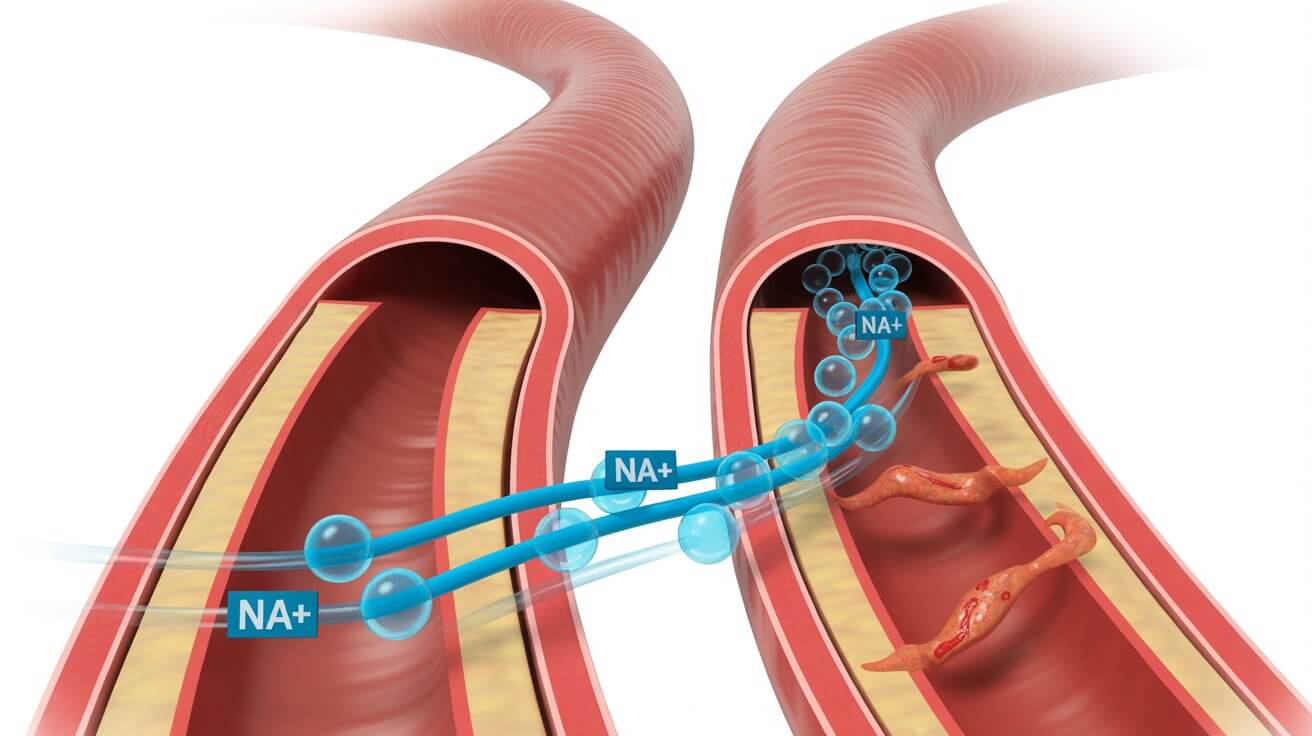Many people take vitamin D to strengthen bones, improve mood, and support immunity. But while this essential nutrient is crucial for health, excessive vitamin D can quietly cause harm. Too much vitamin D may lead to high calcium levels, affecting the kidneys, heart, and even the bones it’s meant to protect.
Here’s what you should know about vitamin D toxicity, its side effects, and how to keep your levels safe.
Why Vitamin D Became So Popular
The benefits everyone talks about
Vitamin D plays a key role in helping the body absorb calcium, build strong bones, and maintain a healthy immune system. Research has linked low vitamin D levels to fatigue, depression, bone loss, and increased risk of infection.
During the pandemic, vitamin D supplements became a go-to choice for boosting immunity — often seen as a simple, risk-free habit.
When supplementation goes too far
The issue arises when “more” seems better than “enough.” Many high-dose supplements contain far more than the daily requirement, and people may take multiple products without realizing vitamin D accumulates in the body. Unlike water-soluble vitamins, it is fat-soluble, meaning excess amounts are not easily excreted.
More Helpful Reads You Might Like:
What Happens with Excessive Vitamin D
Understanding vitamin D toxicity
When vitamin D levels rise too high, the body absorbs excessive calcium from food. This can lead to hypercalcemia — high calcium in the blood — which may cause heart, kidney, and bone problems over time.
According to the National Institutes of Health (NIH), vitamin D toxicity typically occurs when blood levels exceed 150 ng/mL, though some people experience issues at lower levels.
Symptoms of too much vitamin D
Early signs of vitamin D overdose can be subtle, such as fatigue or nausea. As levels climb, more serious symptoms may appear, including:
- Loss of appetite or vomiting
- Frequent urination and dehydration
- Muscle weakness or confusion
- Irregular heartbeat
- Bone pain or calcium deposits in soft tissue
How high vitamin D levels affect the body
Long-term high levels strain the kidneys, increasing the risk of kidney stones or even kidney failure. Excess calcium can also deposit in the arteries, raising cardiovascular risks and potentially contributing to bone pain and weakness.
How Much Vitamin D Is Actually Safe?
Recommended daily limits
The U.S. National Academies of Sciences, Engineering, and Medicine (NASEM) recommends:
- Adults up to age 70: 600 IU per day
- Adults over 70: 800 IU per day
- Upper safe limit (UL): 4,000 IU per day for most adults
Most people meet their needs through sunlight, diet, or modest supplementation. Exceeding these amounts without testing can raise the risk of vitamin D side effects.
Groups at higher risk for toxicity
Certain people are more prone to excessive vitamin D use, including those who:
- Take high-dose supplements without medical supervision
- Combine multiple products with vitamin D (multivitamins, shakes, fortified foods)
- Have conditions like sarcoidosis or hyperparathyroidism
- Take medications that raise calcium levels
For these groups, regular vitamin D blood tests are essential to stay within a safe range.
How to Prevent Vitamin D Side Effects
Smart supplement habits
- Check labels: Some capsules contain 5,000–10,000 IU — more than the daily safe limit.
- Avoid stacking: Don’t use several vitamin D–containing products at once.
- Follow your doctor’s advice: Individual needs vary based on sunlight exposure, skin tone, and health status.
- Re-test periodically: Aim to keep levels between 30–50 ng/mL unless otherwise directed by your doctor.
When to test your vitamin D level
Testing is helpful if you:
- Take supplements regularly
- Experience fatigue, bone pain, or muscle weakness
- Have chronic health issues that affect absorption
A 25-hydroxyvitamin D test is the best way to measure your level and guide your dosage.
The Bottom Line on Vitamin D Balance
Vitamin D remains essential for bone and immune health — but too much of a good thing can become dangerous. Excessive vitamin D side effects may include high calcium levels, kidney strain, or heart rhythm changes.
The safest approach is balance:
- Get moderate sunlight exposure
- Eat vitamin D–rich foods like fatty fish and fortified milk
- Use supplements only under medical supervision
If unsure, a simple blood test can confirm whether your vitamin D levels are healthy or excessive.
Frequently Asked Questions
How much vitamin D per day is safe?
Most adults should not exceed 4,000 IU daily unless prescribed by a doctor.
What are early symptoms of vitamin D overdose?
Fatigue, nausea, and frequent urination may appear before serious toxicity develops.
Can too much vitamin D cause kidney damage?
Yes. Chronic high levels can lead to calcium buildup and kidney stones or failure.
How long does it take to lower high vitamin D levels?
Depending on the dose and duration, it can take weeks to months for levels to normalize once supplements are reduced or stopped.
Medical Disclaimer: This content is for educational purposes only and does not replace professional medical advice. Always consult your healthcare provider before changing your supplement routine.









